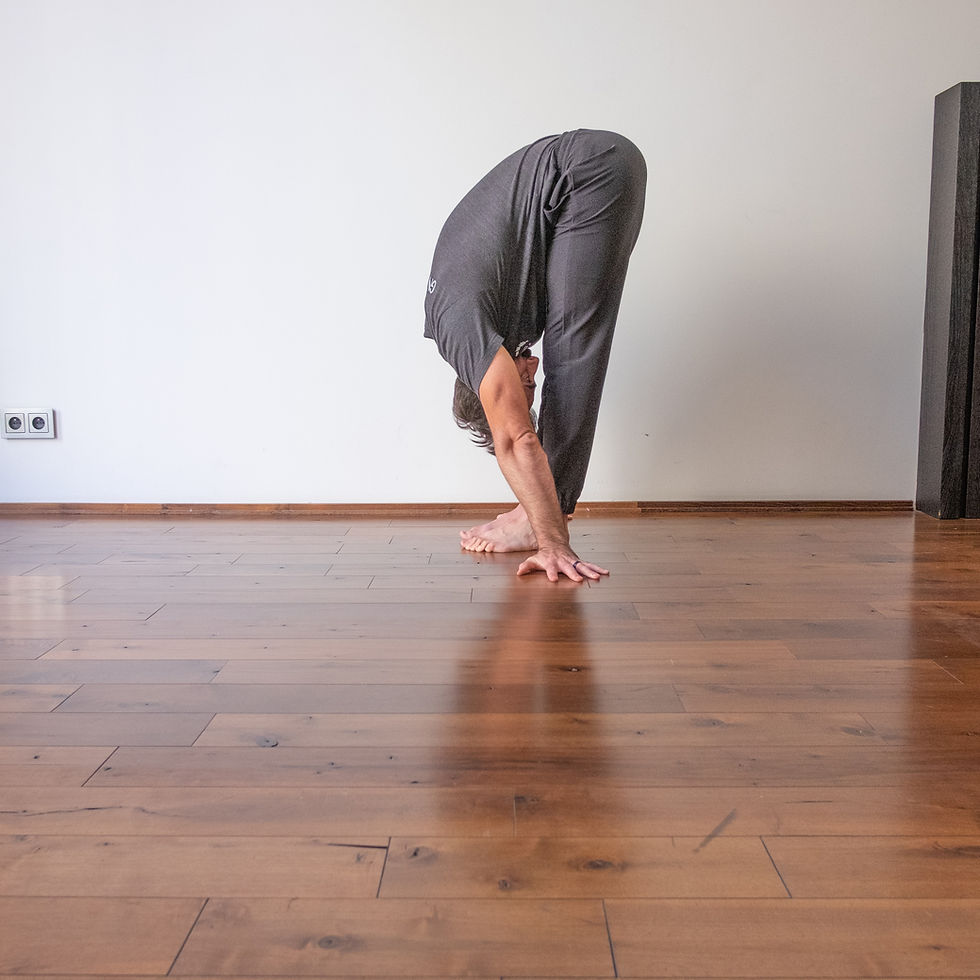Hypermobility and Back Pain: Stretching, Hands-On Support, and Self-Management
- Kieran Cummins
- Aug 10
- 3 min read

(Part 3 of our Hypermobility & Back Pain Series)
In the first two parts of this series, we explored what hypermobility is, how it links to back pain, and why a balanced approach of strengthening, stability, and careful mobility work is essential.
In this final part, we focus on practical tools and techniques that can help you manage symptoms day-to-day — both inside the clinic and at home.
Why These Techniques Matter
If you live with hypermobility and lower back pain (especially when linked to conditions like Lower Crossed Syndrome), you’ll know that flare-ups can affect everything from your posture to your confidence in movement.
Hands-on techniques and self-management tools can provide short-term relief by:
Reducing muscle tightness and guarding.
Improving local circulation.
Helping you feel more comfortable and ready for exercise.
While these techniques don’t replace long-term rehab, they can create a valuable window of opportunity to move better and engage in the strength and stability work that will truly improve your condition.
1. Foam Rollers & Massage Balls
Foam rolling and trigger point release can help reduce muscle tension in areas such as the:
Hip flexors (often tight in Lower Crossed Syndrome).
Glutes and deep hip rotators.
Thoracolumbar fascia (lower back).
Tip: For hypermobile patients, avoid rolling aggressively over joints and focus on controlled, slow pressure over muscle tissue. Always work to a level where you feel a comfortable release — not strain.
2. Physiotherapy Guns & Hand-Held Massagers
Percussion devices can be effective for quickly easing tight or overactive muscles, particularly before or after activity.
At Redrock Physio, we recommend:
Using them for 30–60 seconds per muscle group.
Targeting large muscle areas rather than smaller, delicate structures.
Pairing with gentle mobility exercises straight afterwards to lock in the benefit.
3. Kinesiology Tape (K-Tape)
K-Tape can provide sensory feedback that helps your body feel more stable — particularly across the lower back, pelvis, or abdominal region.
It doesn’t “hold” joints in place, but it can:
Encourage better posture.
Remind you to use your core muscles.
Reduce discomfort during activity.
For hypermobility, taping is best used during higher-load activities, sports, or in early rehab phases when confidence in movement is low.
4. Short-Term Relief – Long-Term Goals
It’s important to remember:
These methods are short-term aids — they won’t address the root causes of hypermobility-related back pain.
They are most powerful when used as part of a full rehabilitation plan that includes core strengthening, stability training, and postural re-education.
For many of our patients, these tools help reduce pain enough to allow active rehab to progress without setbacks.
In other words, think of them as the support crew, not the main driver of recovery.
Self-Management at Redrock Physio
Our philosophy is to equip patients with the skills and confidence to manage their own bodies outside of the clinic. This means combining:
In-clinic treatment (manual therapy, targeted exercise).
Home-based self-management strategies (like those above).
Regular review to adapt your plan as you progress.
By learning to use these tools effectively, you can break the cycle of flare-ups, keep pain levels down, and maintain the progress you’ve worked hard to achieve.
If you’re ready to take control of your hypermobility and back pain, book an appointment at Redrock Physio today! Together, we’ll create a plan that combines expert hands-on care with proven self-management strategies to help you move with confidence again.



Comments